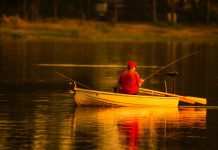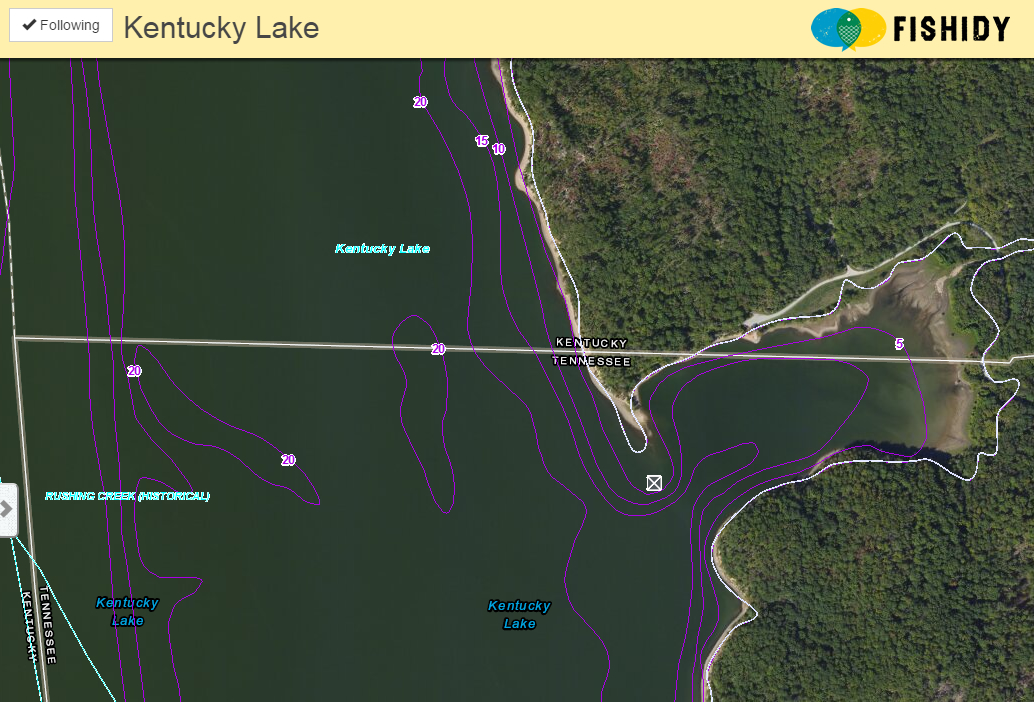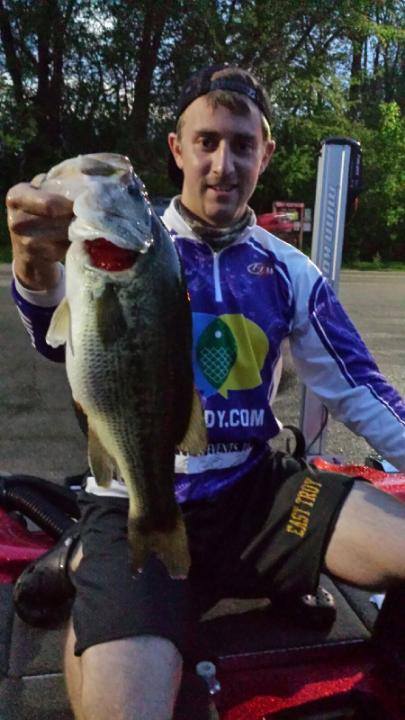Social media is a massive part of our daily lives. We share pictures on Instagram, status updates on Facebook, and random thoughts on Twitter. It’s become so immeshed in our society that we start to feel strange if we go a full day without posting on or scrolling through these sites.
While it can be a great way to stay connected with friends and family, it’s changing the way we look at some other hobbies. One of these is fishing. This normally solitary hobby is finding itself in the spotlight as it appears on social media. Is the use of social media helping or hurting fishing?
Social Media Gets New People Involved in the Activity
If you don’t know someone who fishes and is willing to teach you how to do it, it can be challenging to get started. Sure, you can watch all the YouTube videos in the world, but there’s nothing quite like someone showing you firsthand how to wind a reel, bait a hook or set a lure.
Social media can be an invaluable resource to help new people get involved, especially those who might not have family or friends who are willing to teach them. It sounds silly, but in this case, social media really does bring people together. If you have a question or want to find someone who will show you the ropes, you can find someone willing to talk to you or help you out by just posting on your city’s local Facebook page.
Social Media Can Help Educate People About Fishing

Do you know what fish you’re allowed to catch during different types of the year? If you live on the Gulf Coast, do you understand when scalloping season starts and ends, and what the limits are? Do you know how and where to get the necessary fishing licenses you need to enjoy this activity legally?
Social media can tell you all this and more. If your local fish and wildlife department has a halfway decent social media team, it can keep everyone informed about seasonal changes, licensing necessities and regulation changes as they occur. There’s no need to hunt through obscure or even misleading websites. Check with your local fish and wildlife office to see if it has a social media platform you can follow.
There are also fishing apps that focus specifically on fishing and fishing tips. Fishidy is a good example of this. Fishidy has contoured fishing maps of thousands of waterways all over the U.S. Fishidy also has a fishing forecaster showing the best time to fish for different species in each waterway. There’s also the ability to share you catch and connect with other anglers on Fishidy’s “Activity Stream.” There’s a free and a paid version of the app, both are worth checking out.
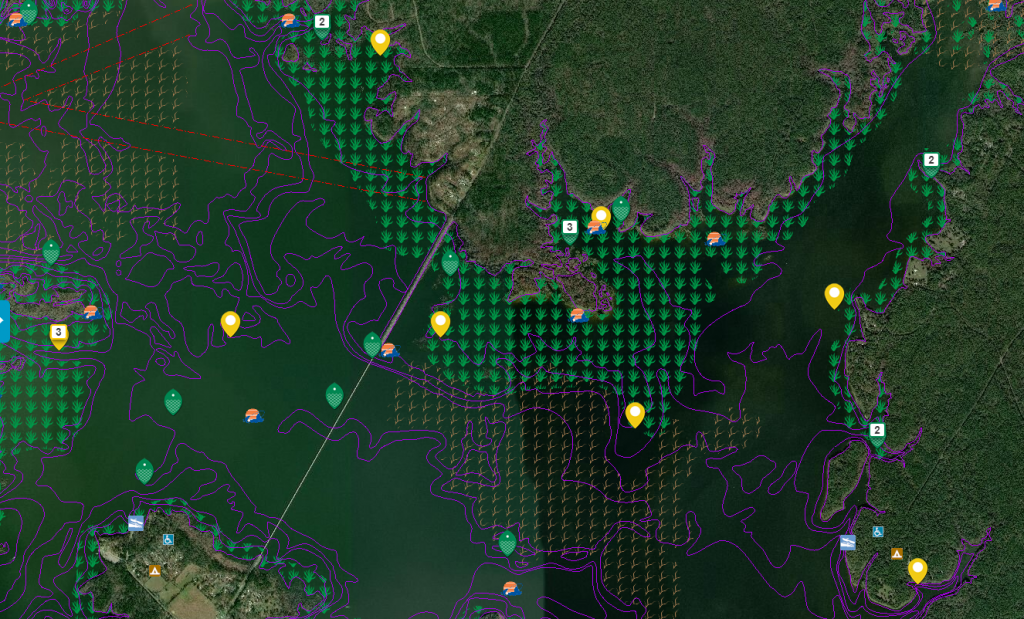
Social Media Brings Attention to Environmental Issues
There is nothing worse than showing up to your favorite fishing spot, only to find it’s overrun with garbage or the water has turned a sickly green color because of runoff from a local farm or plant. While you can call your local news reporter to bring it to their attention, chances are high that you won’t end up as anything more than a blurb on the back page. Social media is a huge public relations tool for companies, and when something goes wrong, they really don’t want it to go viral.
Taking a few pictures and writing a compelling post to go with them could be all you need to do to get things changed. Calling companies out on social media can be the best way to get their attention because it’s all public. The last thing they want is bad press that they can’t control. If your favorite fishing spot is full of trash and you can figure out the culprit, social media can be your best friend.
A Few Bad Apples Do Exist
Of course, as with most things, a few bad apples do exist. If someone finds your favorite spot and posts about it on social media — and that post blows up — it could lead to dozens or hundreds of people converging on it. It could make it impossible for you to enjoy your hobby, especially if the people who are taking up your space are rude or really don’t want to share.
When it comes to social media, there are always a few bad apples — but they don’t necessarily need to spoil the bunch. If you’re worried about your spot being stolen, simply turn off your phone’s location settings — so the photos aren’t geotagged — and don’t tell anyone where you’re going. If you’re using Fishidy, you can set your catch to private and protect your catch information and location.
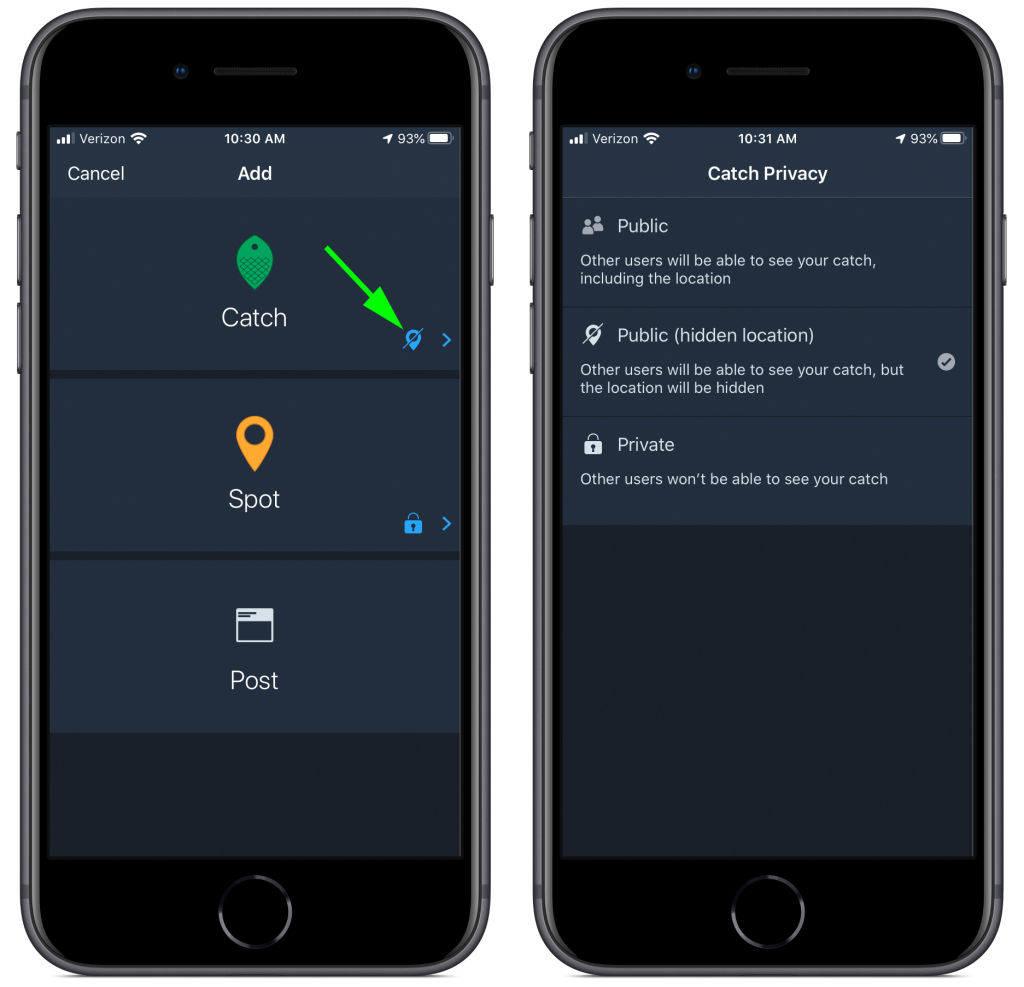
Is Social Media Helping or Hurting Fishing?
In most cases, viral posts are a good thing for fishing. They get more people interested and provide a font of information for those looking to learn what it takes to catch their first fish. There are a few bad apples, but for the most part, social media might be one of the best things that’s ever happened to fishing.
Utilizing the positive aspects of social media can be good for both avid anglers and newbie fly-casters alike. It’s a great way to gather information, communicate with others and even rein in pollution. You’ll be part of a community of like-minded people, and that’s a good feeling.

